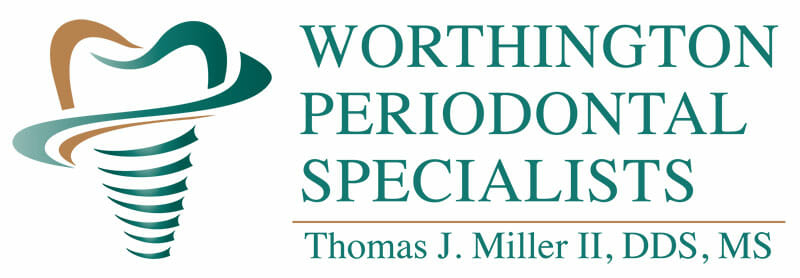Restore The Health Of Your Smile With Osseous Surgery!
Schedule Your Osseous Surgery Consultation Today! Appointments
Osseous surgery (or flap surgery) is performed on patients who have moderate or advanced periodontal disease. Typically, flap surgery is performed after scaling and root planing has been attempted but has not been successful in treating existing periodontal disease.
In some cases the only way to treat the patient is Osseous surgery, the majority of patients chose the more comfortable procedure, LANAP®.
Some of the key differences between Traditional Gum Surgery and LANAP® are:
- Pain
- Recession
- Healing Time
- Long-Term Results
Featured Services
- Bone Grafting
- Bruxism Teeth Grinding
- Chao Pinhole Surgical Technique (PST)
- Dental Implants
- Gingivectomy
- Guided Tissue Regeneration
- Gum Grafting
- Osseous Surgery
- Periodontal Maintenance
- Periodontal Plastic Surgery
- Ridge Augmentation
- Ridge Preservation
- Scaling and Root Planing
- Sedation
- Sinus Lift
- TMJ
- Tooth Extraction
For New Patients

The Procedure
Before beginning the procedure, the area will be numbed using local anesthesia. An incision is made in the gum tissue around the area that will be treated. The gum is then lifted away from the tooth and the underlying bone so that there is direct access to the area. The surface of the tooth is then thoroughly cleaned of any plaque or tartar buildup.
Next, the surface of the bone will be smoothed. Bacteria that are trapped in the pockets around the tooth can destroy bone tissue, making it uneven and rough. In order to ensure proper healing, smoothing the bone of these rough surfaces is necessary. Bone grafting procedures are sometimes performed if defects in the bone need to be filled.
After the root of the tooth has been cleaned and the bone smoothed, the gum tissue is then trimmed to match the new underlying structure and stitched into place. The stitches are placed to hold the gum tissue in the correct position as it heals.
After the Procedure
After the procedure you may be prescribed a pain medication. Stitches will be removed in six to ten days unless dissolving stitches are used. About a month after surgery, an appointment should be scheduled to check on the healing of the area. Since some gum tissue is trimmed during the procedure, the tooth may appear longer in the mouth. This may cause increased sensitivity to hot or cold which can typically be managed through the use of sensitivity toothpaste.



Review our office or socialize with us!